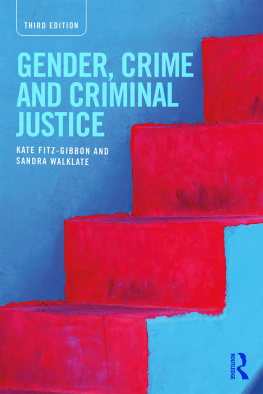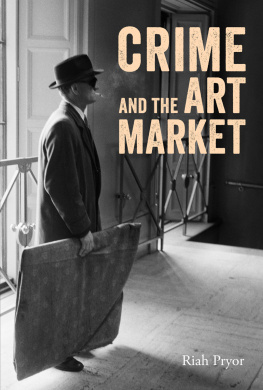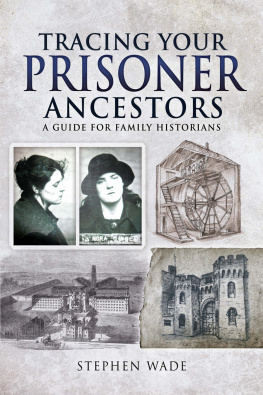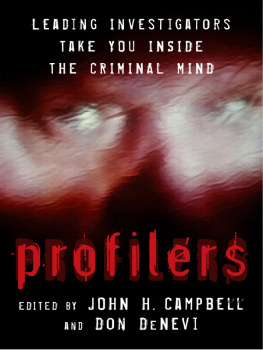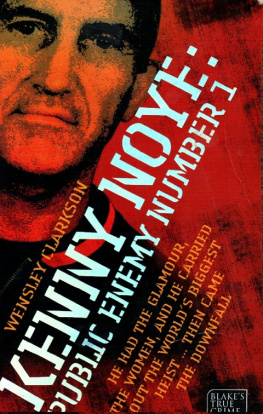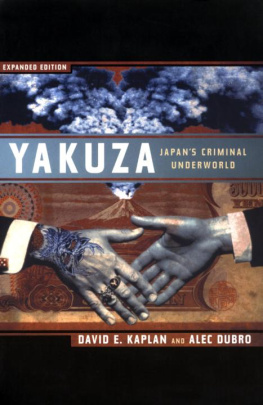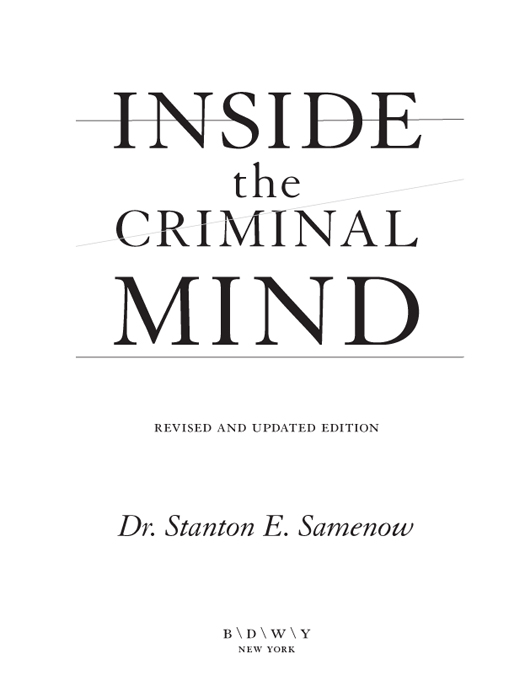ALSO BY DR. STANTON E. SAMENOW
The Myth of the Out of Character Crime
Straight Talk About Criminals
Before Its Too Late
In the Best Interest of the Child
WITH SAMUEL YOCHELSON, MD
The Criminal Personality: A Profile for Change
The Criminal Personality: The Change Process
The Criminal Personality: The Drug User
Copyright 1984, 2004, 2014 by Stanton E. Samenow
All rights reserved.
Published in the United States by Broadway Books, an imprint of the Crown Publishing Group, a division of Random House LLC, New York, a Penguin Random House Company.
www.crownpublishing.com
Broadway Books and its logo, B\D\W\Y, are trademarks of Random House LLC.
Originally published in hardcover in slightly different form in the United States by Crown, an imprint of the Crown Publishing Group, a division of Random House LLC, New York, in 1984.
Library of Congress Cataloging-in-Publication Data
Samenow, Stanton E., 1941
Inside the criminal mind / Stanton E. Samenow, Ph.D. Revised and updated edition, First paperback edition.
pages cm
Includes bibliographical references.
1. Criminal psychology. 2. Juvenile delinquentsPsychology. 3. Juvenile delinquentsRehabilitationUnited States. 4. CriminalsRehabilitationUnited States. I. Title.
HV6080.S22 2014
364.3019dc23 2014022399
ISBN 978-0-8041-3990-8
eBook ISBN 978-0-8041-3991-5
Cover design: FORT
v3.1
In memory of Dr. Samuel Yochelson,
who taught and inspired me so many years ago
and
In memory of my parents,
Charles and Sylvia Samenow
I am grateful to the following for reading the manuscript and making many thoughtful suggestions: Bryan T. Hodges, Senior Judge, State of Oregon; Terry Leap, Lawson Professor of Business, University of Tennessee, Knoxville; Joseph C. Lynch, retired attorney; and Joram Piatigorsky, PhD.
I also thank my wife, Dorothy K. Samenow, who, during forty-three years of marriage, has unequivocally supported me in everything that I undertake, while remaining in an ever-cheerful mood.
I also am deeply appreciative of Domenica Alioto, my editor, who has been keenly interested in this book, made marvelous suggestions in a positive fashion, and, overall, was a dream to work with throughout the entire publication process.
I was twenty-eight years old, two years out of graduate school, when, during January 1970, I joined Dr. Samuel Yochelson to work as a clinical research psychologist in his Program for the Investigation of Criminal Behavior at St. Elizabeths Hospital in Washington, D.C. Little did I realize that I had embarked on a career path I would follow well into my seventies. Dr. Yochelson launched in 1961 what remains the longest in-depth research treatment program of offenders conducted in North America. When he died on November 12, 1976, I became heir to his groundbreaking work and have continued evaluating and working with offenders, from petty thieves to spree killers.
For decades, the prevailing conventional wisdom about criminality has regarded the offender as a victim of forces over which he has little or no control. Virtually everything imaginable has been identified as a cause of criminal behavior, including poverty, bad parenting, peer pressure, violence in the media, and various types of mental illness. Dr. Yochelson and I subscribed to this premise when we began our work. From 1961 to 1978, we spent thousands of hours interviewing offenders and others who knew them well. Contrary to what we initially believed, we learned that these individuals were not haplessly molded by their environment. None of the widely accepted causes of crime withstood scrutiny. In addition, the offenders with whom we were working exploited our search for causes to offer even more excuses for their crimes. Referring to many months of psychiatric treatment, one man said to Dr. Yochelson in a moment of rare candor, Doctor, if I didnt have enough excuses for crime before psychiatry, I now have more than enough after all these years. Once we extricated ourselves from the miasma of searching for causes of criminal behavior, we were able to develop a detailed understanding of how criminals think in all aspects of life, and to develop a process to help some of them change. Behavior is a product of thinking, and so it is incumbent upon anyone formulating policy or working with offenders to understand how criminals think.
After our work at St. Elizabeths Hospital was featured during a segment of CBS Newss 60 Minutes on February 17, 1977, I began receiving invitations to speak to professional groups in corrections, mental health, social work, substance abuse counseling, law enforcement, and the judiciary. Responses from my audiences included personal attacks (I was even denounced as dangerous) because I challenged the almost sacred theories about what causes criminal behavior and, further, asserted that a criminal personality does, in fact, exist. There seemed to be a difference of opinion between armchair theorists with little or no face-to-face contact with criminals and those who interacted daily with offenders. The latter groupcorrectional officers, counselors, law enforcement officials, and psychologistsembraced our work because it was in line with what they encountered every day on the job, and because it provided insights that helped them do their work more effectively.
The first edition of Inside the Criminal Mind was published in 1984, and a second edition in 2004. Now, a decade later, it is time to bring this work up to date. In this edition, you will come to understand in detail the thought processes and tactics common to offenders, regardless of their background or the crimes for which they are arrested.
Human nature does not change, and thus the criminal mind that I described in earlier editions of this book has not changed. However, a constantly changing society provides new avenues for the criminal mind to express itself. For example, bullying is not new, but cyberbullying is, and offers criminally inclined adolescents and adults a vast new arena in which to inflict great suffering.
The Internet provides a speedy and efficient means to conduct research, shop, plan travel, and communicate with others. Technology has opened this same world to criminals so they can conduct their research and implement their schemes. Using the Internet, criminals gain immediate access to do what they have always donedeceive, defraud, steal, and intimidate. Cybercrime has become an increasing menace to individuals, businesses, and governments. Thousands of miles from their victims and out of the reach of law enforcement authorities, criminals can hack into government computer systems, steal personal information, commit identity theft, and destroy a companys valuable software or business records.


